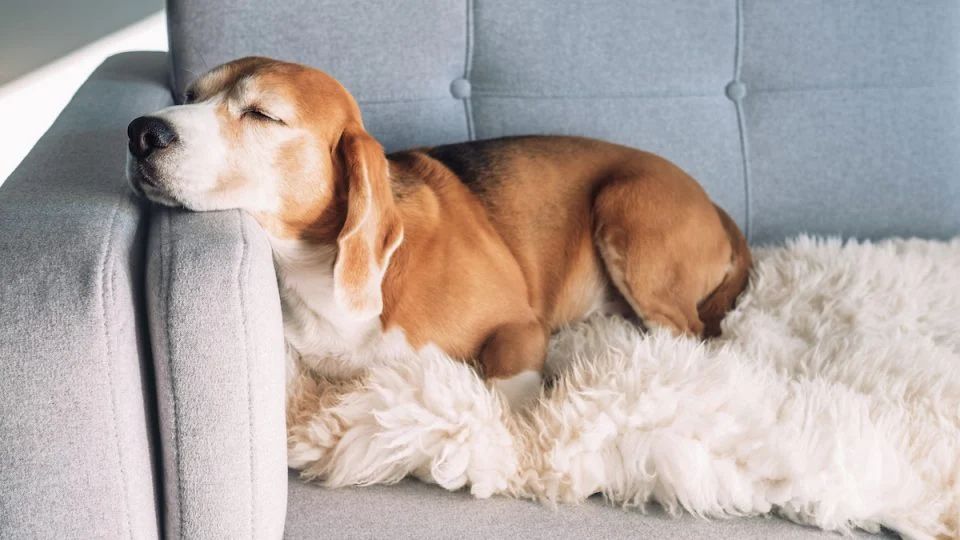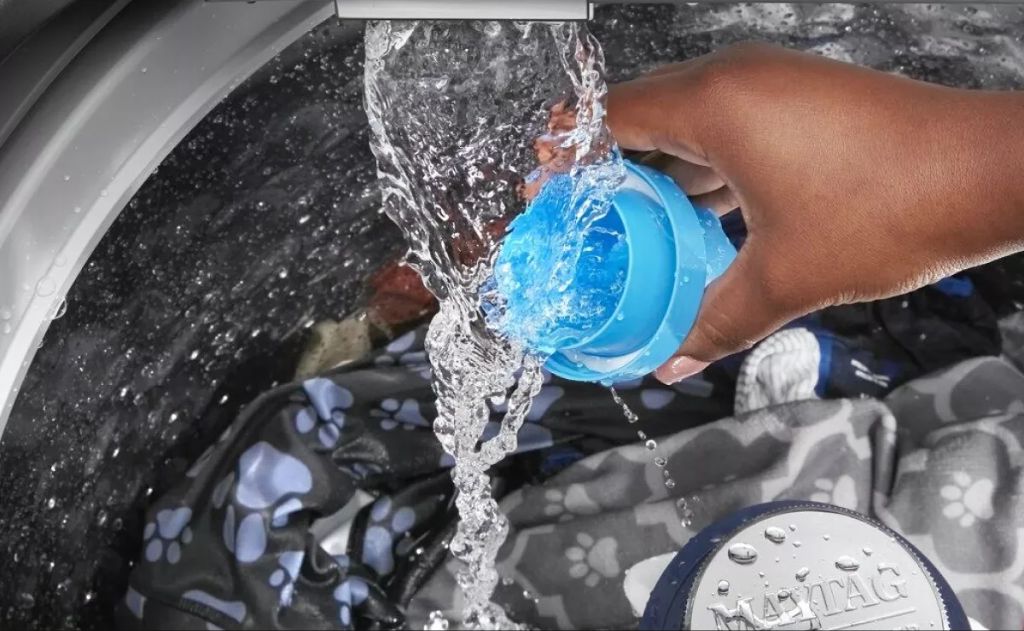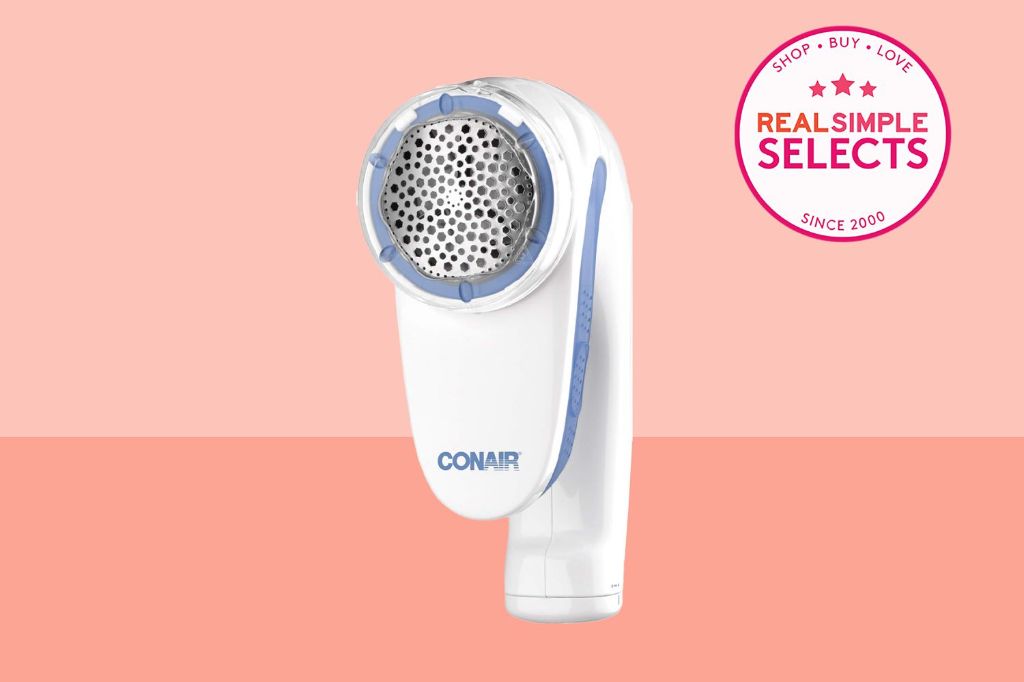Why Dog Hair Sticks to Clothes
Dog hair is designed by nature to cling. According to the Merck Veterinary Manual, each dog hair follicle produces a central hair surrounded by 3 to 15 smaller secondary hairs that all exit from the same pore (source). This dense bundle of hairs allows dogs to retain body heat efficiently. However, it also makes the hairs prone to clinging to fabric and other materials.
Additionally, the structure of dog hair creates a triboelectric effect when it brushes against materials like cloth. As SummerWinds Pet Company explains, the cuticle on the outside of the hair shaft causes static electricity and friction (source). This allows the hair to act like a magnet, sticking fast to clothing and other surfaces.
Finally, when dog hair gets wet, the fibrous strands tend to mat and tangle together. This causes wet dog hair to cling together and attach firmly to fabric. Once dried, this forms tight knots and clumps that can be tricky to remove.
Preventing Hair from Sticking
One of the best ways to prevent dog hair from sticking to your clothes is to reduce the amount of loose hair on your dog in the first place. Brushing your dog regularly with a slicker brush or undercoat rake can significantly cut down on excess shedding.
You can also use furniture covers on couches, beds, and other places your dog likes to lay. Washable covers are available in various fabrics like cotton, microfiber, and polyester. Just throw them in the wash periodically to remove all the accumulated hair. Keeping your dog off furniture altogether is another effective option for reducing hair transfer.

Sources:
https://www.thehonestkitchen.com/blogs/pet-tips-training/tips-keeping-fur-off-clothing
https://www.maytag.com/blog/washers-and-dryers/how-to-remove-pet-hair-from-laundry.html
Removing Hair Before Washing
Removing excess pet hair from clothes before washing can help prevent the hair from sticking, tangling, and matting in the washing machine. Here are some simple methods to remove loose hairs:
– Use a lint roller on clothing before washing. Slowly roll the sticky lint roller over the fabric to pick up surface pet hair. This can work well for hand-knitted items, sweaters, blankets, and other fabrics where pet hair gets embedded. See the lint roller tips from Maytag.com here.
– Apply strips of sticky tape to your hands and gently pat or press on clothing. The tape will grab onto pet hairs and pull them off. Some pet hair removal tools like the FurZapper utilize this sticky tape method.
– Wear rubber gloves and gently rub the fabric to create static electricity that will lift the pet hair off the clothes. The hair will cling to the rubber gloves and can easily be removed.
Getting rid of surface pet hair before washing allows detergents and water flow to penetrate deeper into the fabric during the wash cycle. This leads to more effective cleaning and hair removal.
Washing Machine Settings
When washing clothes covered in dog hair, adjusting your washing machine settings can help maximize hair removal. Here are some key settings to focus on:
Water Temperature – Washing with warm or hot water allows detergents to work more effectively to break down oils and loosen stuck-on hair. Cold water does not activate cleaning agents as well. Set your machine to a warm or hot water setting when trying to eliminate dog hair.
Extra Rinse Cycle – Adding an additional rinse cycle helps to remove more hair and detergent residue that may be clinging to clothes. The extra rinse ensures dog hair gets fully flushed away, rather than re-depositing on fabrics.
High Spin Speed – After the wash and rinse cycles, run a high speed spin to extract as much water as possible. The high spin will help pull hair off the clothes and send it out with the wastewater. Avoid low spin speeds, which leave clothes wetter and allow hair to reattach.
Adding Detergent Boosters
Using detergent boosters can help break down oils and lift away stubborn pet hair in the wash. Some common detergent boosters to try include:
Liquid fabric softener – Add 1⁄4 cup fabric softener to the detergent dispenser or directly in the drum. The oils in fabric softener help lubricate hair strands so they rinse away easier (1).
Baking soda – Sprinkle 1⁄2 cup baking soda over clothes before starting the wash cycle. Baking soda is a natural degreaser that helps remove oils holding onto hair (2).

Vinegar – Add 1⁄2 cup white vinegar to the detergent dispenser or drum. Vinegar helps soften fabric so hair doesn’t cling as easily (3). The acidic properties also help remove odors.
Specialized detergent boosters – Products like Vamoosh Pet Hair Dissolver (4) and FurZapper Pet Hair Remover for Laundry (5) use natural enzymes to break down hair and lift it away. Follow package instructions.
Using a combination of detergent boosters can help provide a one-two punch against pet hair. Just don’t mix vinegar and baking soda together as this creates a fizzy chemical reaction.
Using the Dryer
Using a clothes dryer on a low heat setting can help remove dog hair from fabrics. The tumbling action helps loosen and remove hair that is clinging to clothes and linens. According to lifehacker.com, tumble drying on low heat for 10 minutes up to an hour can effectively remove pet hair from laundry items.
Adding dryer balls or dryer sheets to a load of laundry can also help collect dog hair during the drying cycle. The texture of dryer balls and anti-static properties of dryer sheets help grab onto pet hair and remove it from fabrics. Just be sure to clean the lint filter regularly when drying hairy items to prevent clogs.
Using lower temperature settings avoids shrinking or damaging delicate fabrics while still removing pet hair. Check clothes after a short 10-15 minute dry cycle and use a lint roller on stubborn hairs. With some time in the dryer, you can get dog hair off clothes without excessive heat damage.
De-Pilling Tools for Removing Dog Hair
De-pilling tools can be highly effective in removing stubborn dog hair from clothes. Two common types of de-pilling tools are sweater combs and pill shavers.
Sweater combs have fine metal teeth that can grab onto and pull dog hair off the fabric. Gently combing the sweater comb across clothing catches stray hairs and pulls them out. It works well on knits, sweaters, fleece and other fuzzy fabrics where dog hair often clings.
Pill shavers also have a comb-like edge but use small blades to shave off pills and dog hair. Electric pill shavers will automatically collect the shaved pills while manual ones require emptying out the chamber. Go lightly and avoid shaving too much fabric. Check reviews to find top-rated pill shavers.

For best results, always read the product instructions and test on an inconspicuous area first. De-pilling tools like sweater combs and shavers can refresh clothes and remove stubborn dog hair that survives the washing machine.
Post-Wash Grooming
Even after washing, some stubborn dog hairs may still cling to clothes. Post-wash grooming can help remove any remaining hairs.
Use a sticky roller on garments immediately after removing them from the washer or dryer. The adhesive will grab onto any stray hairs. Roll the sticky roller over the entire surface of the garment to catch all lingering hairs.
Tweezers also work for pulling off individual hairs that sticking tenaciously post-wash. Run the tweezers across seams and fabric folds where hair often hides. Check along collars, sleeves, pockets and other areas prone to catching hair. Patiently pluck out each stubborn hair.
According to Taste of Home, sticky rollers and tweezers are effective post-wash grooming tools to remove any final clinging hairs after laundering.
Stubborn Hair Removal
For clothing with stubborn clinging pet hair that remains after washing, drying, and regular de-shedding methods, specialty tools can help remove it. Three options to try are velcro, rubber gloves, and adhesive sponges.
Velcro works similar to lint rollers. By pressing and rubbing the velcro side against the fabric, the loops in the velcro catch and pull off the hair. It’s helpful for removing pet hair from upholstery and carpet, in addition to clothing. Lay a velcro sheet or pad over the area and press down before pulling it off.
Rubber dishwashing or cleaning gloves also utilize friction to attract and remove pet hair. Simply put on the rubber gloves and rub the clothing with your hand. The rubber grabs onto the hair. Lift your hand away periodically to remove the hair buildup on the glove.
Another option is an adhesive lint remover sponge, like the ChomChom Pet Hair Remover. These have a sticky rubber surface that pulls off pet hair as you roll or press the sponge across clothing or furniture. Rinse the adhesive layer with water to clean off the hair and debris so you can reuse it.
For best results removing stubborn leftover hairs, use short brisk motions and moderate pressure with any of these tools. Work in small sections until you’ve covered the entire surface. Combining these sticky, friction techniques with your usual washing and drying allows for clean, hair-free clothes.
Preventing Re-Clinging
Once you’ve gone through the trouble of removing dog hair from your clothes, the last thing you want is for that hair to re-cling when you take clothes out of the washer or dryer. Follow these tips to prevent dog hair from re-sticking to clothes after washing and drying:
Fold clothes cleanly as soon as they come out of the dryer. Don’t leave laundry sitting in a pile, as this allows hair and lint to re-settle into fabrics. Taking the time to fold right away prevents this.

Make sure clothes are thoroughly dried before removing from dryer. Any moisture left in fabrics allows hair to stick. Refer to dryer settings below to ensure clothes are fully dried.
Seal cleaned clothes in plastic bags or storage containers. This creates a barrier so hair floating around the house doesn’t re-settle on clothes. Store clothes somewhere hair-free like a closet until needed.
For reference on preventing hair re-clinging, see this source.